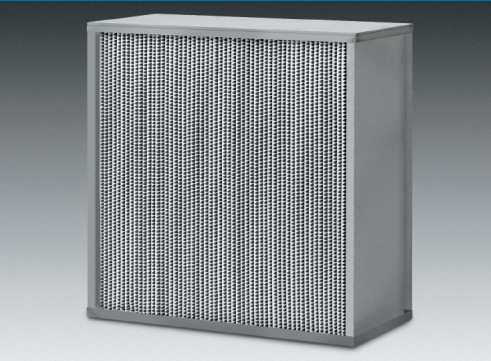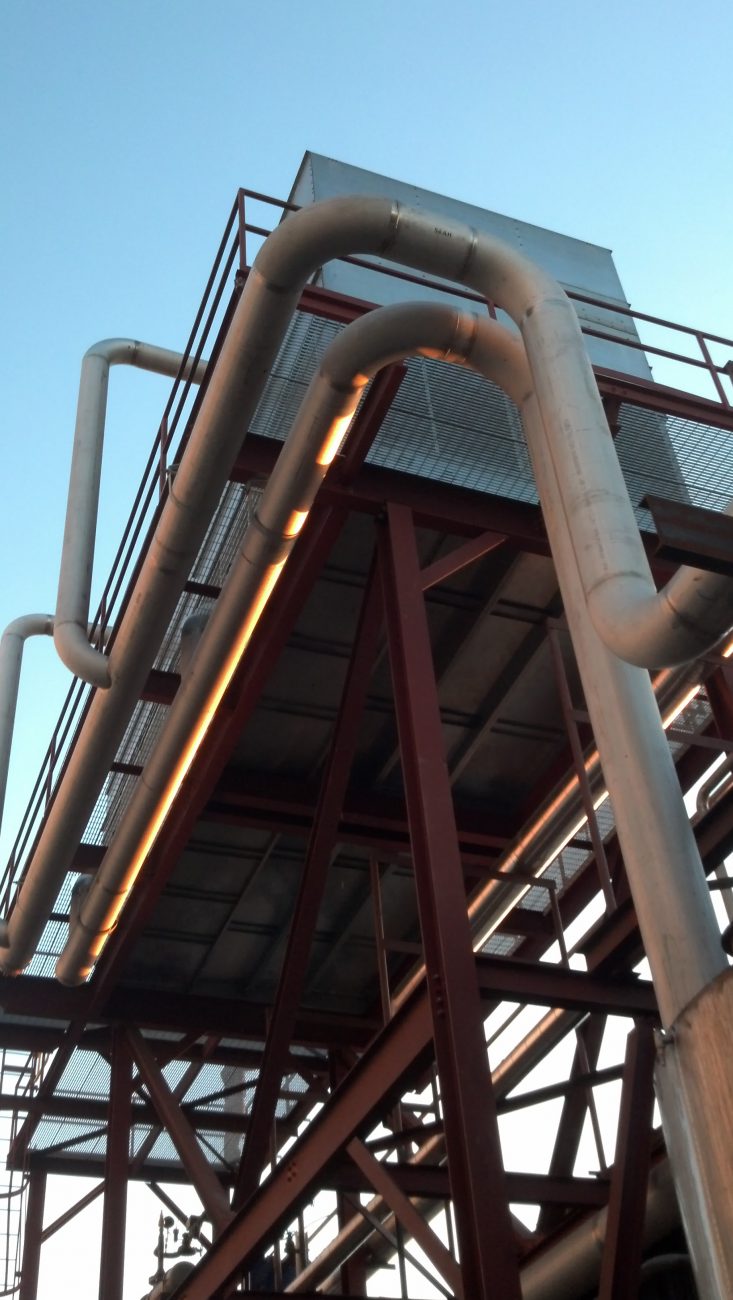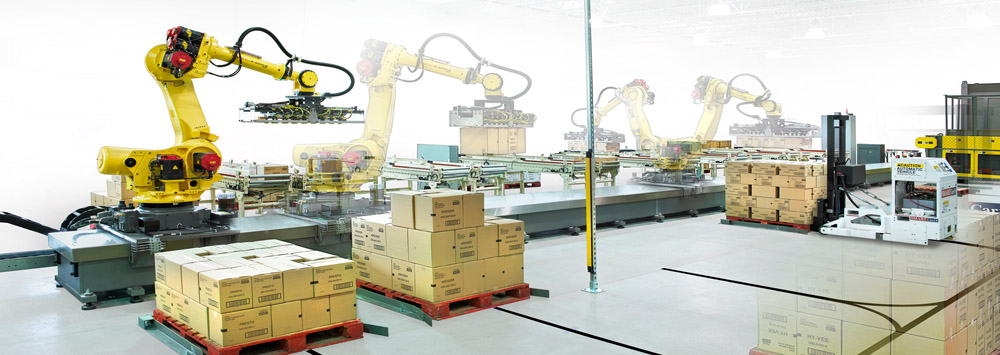5 Ways to Reduce Preventive Maintenance Costs for Your Food Processing Plant
Preventive maintenance should be one of your key strategies to keeping your plant’s assets healthy. While equipment upkeep and parts replacements are necessary, there are ways you can reduce your preventive maintenance costs without decreasing your food processing facility’s operational efficiencies.
Continue Reading “5 Ways to Reduce Preventive Maintenance Costs for Your Food Processing Plant”









